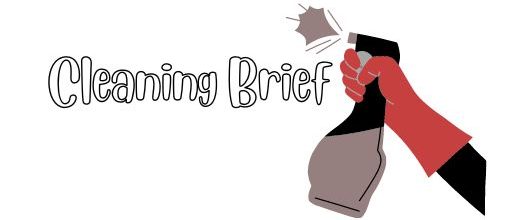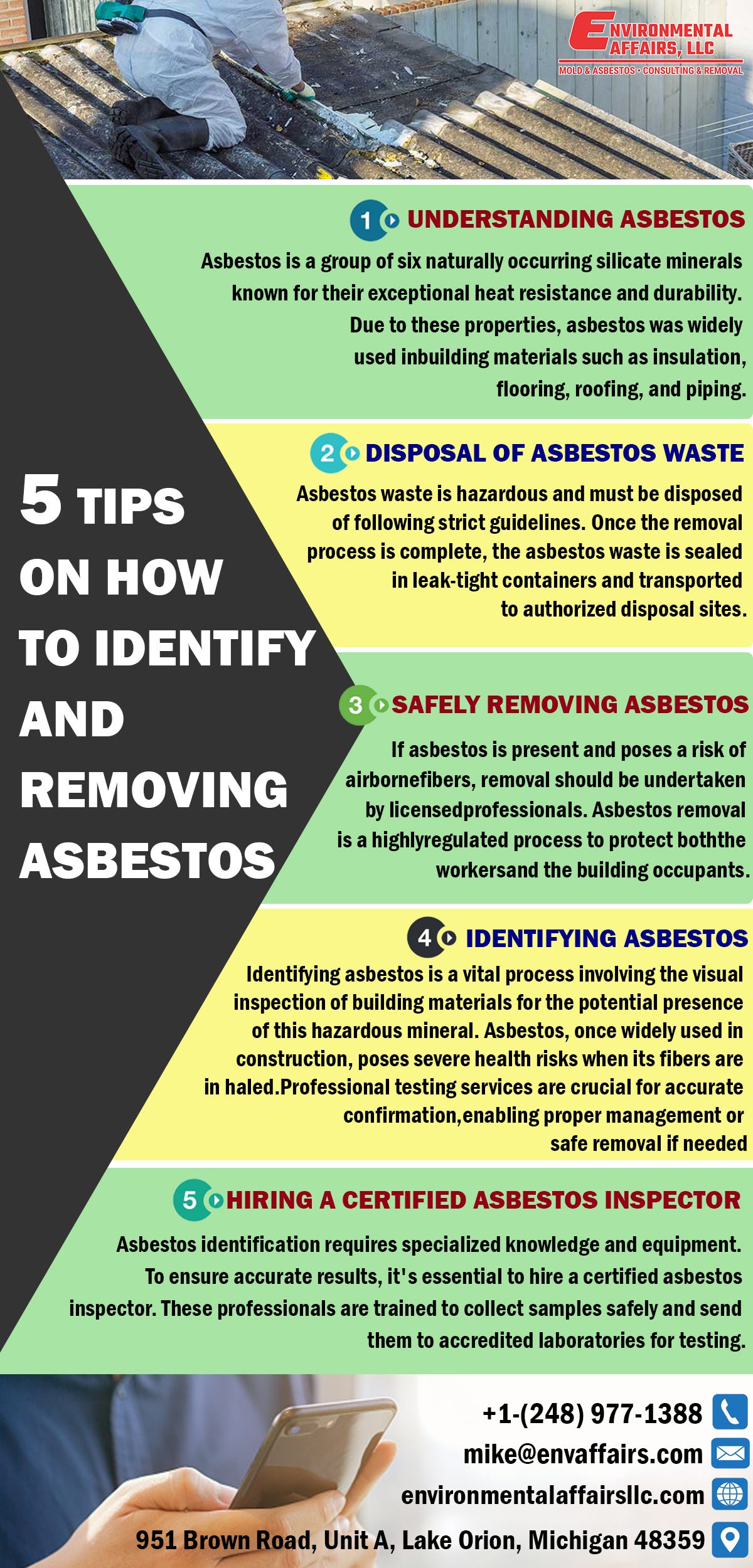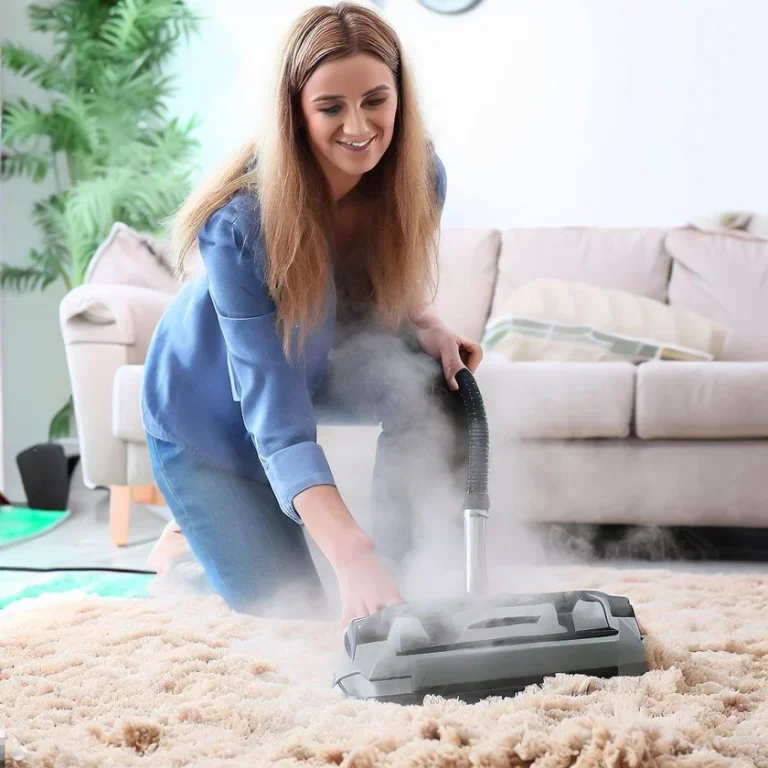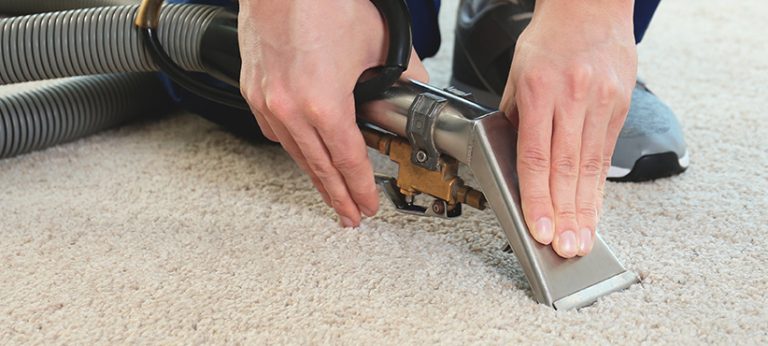How to Safely Remove Asbestos from Carpet: Expert Tips
To clean asbestos from carpet, first, make sure to wear protective gear and seal off the area. Then, use a HEPA vacuum cleaner to remove loose asbestos fibers, followed by a damp cloth to wipe the surface.
Properly dispose of the contaminated materials. Asbestos, a mineral known for its heat resistance and durability, was widely used in construction materials, including carpets, until its harmful effects on human health were discovered. If you have asbestos-contaminated carpet in your home or workspace, it is crucial to clean it properly to minimize the risk of exposure.
We will provide you with a step-by-step guide on how to clean asbestos from carpet safely and effectively. By following these guidelines, you can ensure the removal of asbestos without further endangering yourself or others.
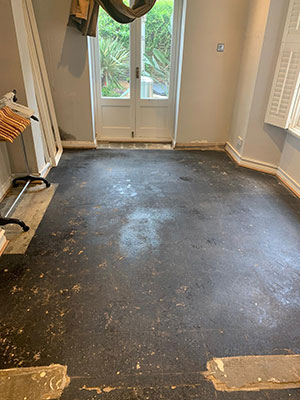
Credit: www.oracleasbestos.com
Identifying Asbestos In Carpet
When it comes to maintaining a clean and healthy home, it is crucial to be aware of potential hazards that may lurk beneath the surface. Asbestos, a harmful mineral once used extensively in construction materials, is one such hazard that requires attention. If you suspect that your carpet may contain asbestos, it is important to identify and handle it properly to ensure the safety of you and your loved ones.
Understanding Asbestos
Asbestos is a naturally occurring fibrous mineral that was widely used in the construction industry for its desirable properties, such as heat resistance and durability. However, inhaling asbestos fibers can lead to serious health issues, including lung cancer and mesothelioma. Asbestos-containing materials, such as carpet, may release microscopic fibers into the air when disturbed.
Signs Of Asbestos In Carpet
Identifying asbestos in carpet can be challenging, as it is typically not possible to determine its presence solely based on appearance. An older carpet or one installed before the 1980s may have a higher chance of containing asbestos. To determine if your carpet contains asbestos, consider the following signs:
- Age of the Carpet: If your carpet was manufactured before the 1980s, it is advisable to proceed with caution, as these older carpets are more likely to contain asbestos.
- Backside of the Carpet: Examine the backside of your carpet carefully. If you notice a felt-like backing or a brown or black adhesive material, it may indicate the presence of asbestos.
- Manufacturing Information: Check the manufacturer’s label or any available documentation regarding the carpet’s composition. Look for mentions of asbestos or phrases such as “contains asbestos” or “asbestos-containing material.”
It is important to note that visual inspection alone cannot definitively confirm the presence of asbestos. To be certain, a sample of the carpet must be tested by a certified professional in an accredited laboratory.
If you suspect that your carpet contains asbestos, it is crucial to refrain from disturbing it or attempting to clean it yourself. Instead, contact a licensed asbestos abatement professional who can safely handle the removal and disposal process.
Assessing The Removal Process
When it comes to cleaning asbestos from the carpet, the removal process requires careful assessment. It’s important to follow safety protocols and use proper equipment to prevent exposure to harmful fibers. Seek professional assistance to ensure a thorough and safe cleaning process.
Potential Risks
Before initiating the removal process, it is crucial to understand the potential risks associated with cleaning asbestos from carpets. Asbestos is a hazardous material that poses serious health risks when disturbed or mishandled. Inhalation of asbestos fibers can lead to severe respiratory issues, including lung cancer and mesothelioma. Therefore, it is of utmost importance to take proper precautions and follow strict safety protocols during the removal process.
Professional Consultation
When it comes to cleaning asbestos from carpets, seeking professional consultation is highly recommended. Professionals who specialize in asbestos removal possess the necessary skills, knowledge, and equipment to handle the process safely and effectively. They are trained to identify the type and extent of asbestos contamination, assess the risks involved, and devise a comprehensive removal plan.
Moreover, professional consultation ensures compliance with local regulations and guidelines regarding asbestos removal. These regulations are in place to protect both the individuals involved in the removal process and the environment. Engaging experts for consultation not only minimizes risks but also ensures the proper disposal of asbestos-containing materials, preventing further exposure or contamination.
Preparation For Removal
Asbestos is a hazardous material commonly found in older carpets. Cleaning asbestos from a carpet should be approached with caution to prevent exposure and spread of the harmful fibers. Adequate preparation for removal is vital to ensure the safety of everyone involved. This stage involves gathering the necessary safety gear and equipment, as well as containing the area to minimize the release of asbestos fibers into the environment.
Safety Gear And Equipment
Wearing the appropriate safety gear is crucial when dealing with asbestos, as it helps to minimize the risk of exposure. The following safety equipment is essential for asbestos removal from carpets:
- Disposable coveralls
- N95 or P100 respirator masks
- Disposable gloves
- Eye protection goggles
- Utility knife for cutting and removing the affected carpet
Containment Of Area
Containment is essential to prevent the spread of asbestos fibers during the removal process. This involves isolating the work area and implementing measures to contain and control the asbestos contamination. The following steps should be taken to effectively contain the area:
- Sealing off the work area using heavy-duty plastic sheets
- Using duct tape to secure the plastic sheets to walls and floors
- Setting up a decontamination area with a designated entry and exit point
- Installing a high-efficiency particulate air (HEPA) filter to capture airborne asbestos fibers
By following these preparation steps, you can effectively minimize the risk of asbestos exposure and ensure a safe and controlled removal process.
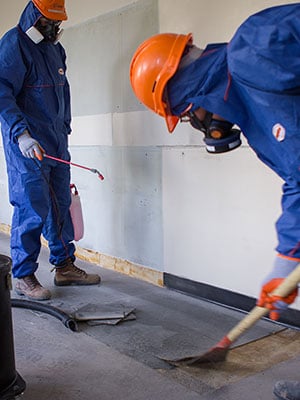
Credit: www.oracleasbestos.com
Safe Removal Techniques
One of the most important aspects of removing asbestos from carpet is to ensure the safety of yourself and those around you. In this section, we will discuss the safe removal techniques that you can employ when dealing with asbestos-contaminated carpets. These techniques are essential to minimize the exposure and spread of asbestos fibers in order to protect your health and the environment.
Wet Removal Method
The wet removal method is a highly effective technique for safely removing asbestos from carpets. This method involves thoroughly wetting the asbestos-contaminated carpet to prevent the release of fibers into the air. By wetting the carpet, you can prevent the dispersion of asbestos particles, reducing the risk of inhalation and further contamination.
To use the wet removal method, follow these steps:
- Put on appropriate personal protective equipment (PPE) including gloves, goggles, and a dust mask.
- Prepare a mixture of water and a mild detergent in a spray bottle or garden sprayer. The detergent helps to loosen the asbestos fibers.
- Spray the mixture generously on the contaminated area, ensuring the carpet is thoroughly wet.
- Allow the water and detergent mixture to soak into the carpet fibers for about 15 minutes.
- Use a damp cloth or sponge to gently scrub the area, removing any visible asbestos material.
- Finally, carefully place the contaminated materials, including the cloth or sponge, into a sealed bag or container for proper disposal.
Proper Disposal
Proper disposal of asbestos-contaminated materials is crucial to minimize the risk of exposure to asbestos fibers. When dealing with carpets that contain asbestos, it is essential to handle and dispose of them correctly. Here are the steps involved in the proper disposal of asbestos-contaminated carpets:
- Double-bag the asbestos-contaminated carpet in heavy-duty plastic bags. Make sure to seal the bags tightly.
- Label the bags with appropriate warning labels indicating that they contain asbestos.
- Contact your local waste management authorities to inquire about their regulations for asbestos disposal and schedule a collection.
- Follow the guidelines provided by the waste management authorities for the safe transport and disposal of asbestos materials.
It is important to note that improper disposal of asbestos-contaminated materials can lead to the spread of asbestos fibers, posing a significant health hazard. By ensuring proper disposal, you can help protect yourself, your loved ones, and the environment from the dangers associated with asbestos.
Post-removal Measures
Cleaning asbestos from your carpet is an important step in ensuring a safe and healthy environment for you and your family. However, the process doesn’t stop with the removal of the asbestos-containing materials. Implementing post-removal measures is crucial to minimize any remaining asbestos fibers in the air and to restore your carpet to its original condition. In this section, we will discuss two key post-removal measures to consider: air quality testing and carpet replacement.
Air Quality Testing
Air quality testing is essential to determine if the asbestos removal process was effective in reducing the level of airborne asbestos fibers in your home. Professional testing services can assess the air quality and provide accurate measurements of asbestos concentration. By knowing the current asbestos levels in your indoor air, you can take appropriate actions to further mitigate any risks and ensure a safe living environment for you and your loved ones.
Carpet Replacement
After asbestos removal, it is advisable to consider replacing the carpet in affected areas. While cleaning may remove visible asbestos residue, microscopic fibers can still be embedded deep within the carpet fibers. Carpet replacement not only eliminates the potential presence of hidden asbestos fibers but also provides a fresh start in terms of aesthetics and cleanliness. When choosing a replacement carpet, opt for non-toxic and low-VOC (volatile organic compounds) options to promote a healthier indoor environment.
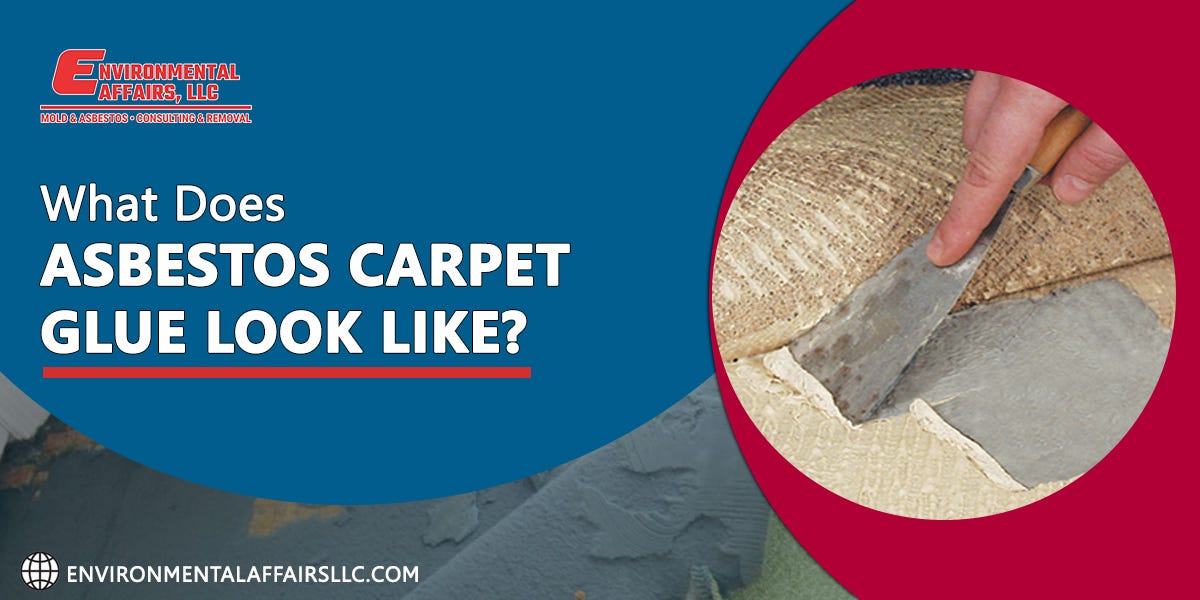
Credit: medium.com
Frequently Asked Questions Of How To Clean Asbestos From Carpet
How Do You Clean Asbestos From Carpet?
To clean asbestos from carpet, it is best to seek professional help. A certified asbestos removal specialist will be equipped to safely remove and dispose of the contaminated carpet. Attempting to clean it yourself may cause asbestos fibers to become airborne and pose a health risk.
Can I Use A Regular Vacuum Cleaner To Clean Asbestos From Carpet?
No, using a regular vacuum cleaner is not recommended for cleaning asbestos from carpet. It can release asbestos fibers into the air, increasing the risk of inhalation. It is essential to hire a professional asbestos removal service that follows proper safety procedures to remove the contaminated carpet.
What Are The Health Risks Of Cleaning Asbestos From Carpet?
Cleaning asbestos from carpet without following proper safety precautions can lead to serious health risks. Asbestos fibers, when inhaled, can cause lung diseases, including asbestosis and lung cancer. It is crucial to hire professionals who are trained in asbestos removal to ensure your safety and the safety of others in the vicinity.
Conclusion
In your efforts to clean asbestos from the carpet, safety is paramount so be sure to follow the steps carefully. Remember to wear protective gear and properly dispose of any asbestos debris. Regular cleaning and maintenance will help to minimize the risk of asbestos exposure in your home.
Stay safe and keep your environment healthy.
